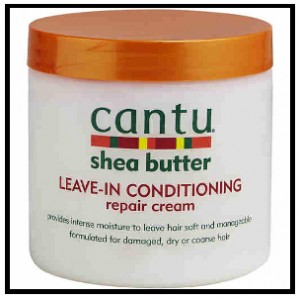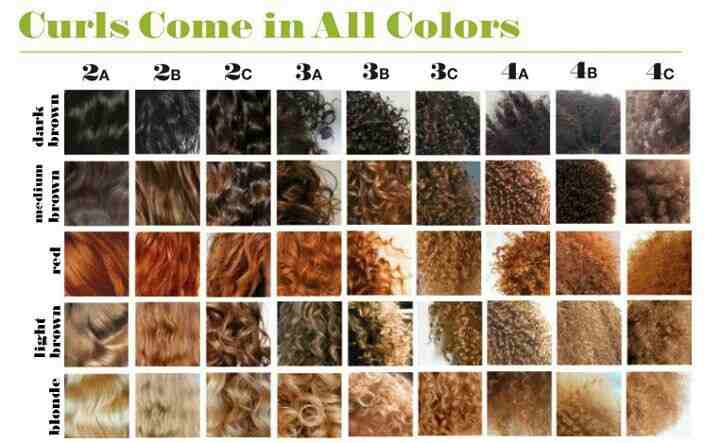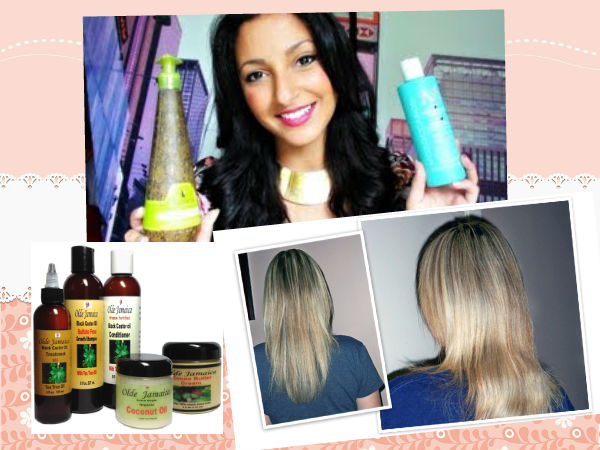Are you starting out or in the middle of your hair transitioning to natural hair? These tips I’m about to share might be of help to you. Some of you may have failed the transitioning process the first time, and believe me and I’m sure you’ll agree that it’s not easy to get it right the first time. But it is important to know why we fail and we should learn from that failure.
I had my share of on and off trial, I had at least three tries to get to natural hair stage before I successfully reached the transition stage. And I realized that one of the main reason of my transition failure before was because I didn’t want it so badly, I didn’t work hard for it, because if you are truly decided on one thing nothing can stop you from doing it, you won’t have doubts and second thoughts.
So the first thing you should keep in mind whenever you want to go through hair transitioning is to ask yourself why are you doing it? Are you going natural because you really want it or is it just something you want to try? Going natural isn’t just a whole morning process, it takes time and patience, it’s also kind of spiritual, mental and emotional process as well.
The second tip would be to identify the texture of your hair then accept and embrace your hair texture. You wouldn’t know what hair texture you have until you snip your ends. On my part during my transition process, I was really imagining my hair to be like this on the photo below, I thought I’d have like a super huge afro hair. But that is not the texture I have at all.
Next tip is to never ever try to compare your hair to someone else’s hair. Every product that works for you may not work for them, or whatever products that works for them might not work for you. We each have different hair textures, you can’t do the routines that work for people who are way different from your hair textures.
I only do routines that work conducive to my hair texture. You must be patient, do not quit easily, cause that is what I learned. I was impatient, when I saw that nothing is going right with my hair, I got frustrated so underwent hair relaxing twice. I got frustrated that time because I have planned going to this date looking pretty with my hair looking cute like my hair blowing in the wind but it didn’t happen so I got impatient.
Next tip our fourth tip is to always remember that everyone’s transition is their own. Again, there are products or transitioning procedures that may work for others and not for you, or that may work for you and not for others. There are factors that you have to consider like your hair type or hair texture, emotional response or attitude also counts. Do not give in to your frustrations, if you do always make bad decisions or something that you’ll just regret or will slow down your transitioning process.
From my own experience, because I was so impatient and I easily get frustrated I impulsively decided to cut my hair off after a year and half of waiting for the result I was expecting. After that, I realized what my frustrations were all about, I kept getting all these knots in the middle of my hair where the two textures meet, which could have been solved by just tossing some moisturizer or conditioner in there.
Lastly, It is always best to have a contingency plan, if ever plan A won’t work I should have a plan B, C, D, E, F and G. Heck, you can finish all the alphabets if you like, the more alternative plan you have the better, it gives you hope to fix your hair issues. What I have now is plan E because I keep on trying something new that didn’t work so I’ll just stop until I get to the stage that plan worked.
During my first tries on transitioning which mostly failed, and I failed because I was impatient, I later on learned and came to a conclusion that I should have an alternative plan and that is to have a “go to style”. It is like my default style when one style won’t work.
So this “go to style” I’m talking about is basically just the two twist style, where my hair is spread down in the middle then just two regular flat twist. I have a 3B hair texture and my front is always kind of frizzy. I just do this two twist style whenever I give up trying other styles.
What I would do is just twist them with Cantu Shea Butter leave in conditioning repair cream, hold the hair back but not too tight then put a pin around but I’d slip down my edges a little bit, then finally put on my hair’s bestfriend the bandana.
First I’d towel dry my hair, then apply a generous amount of Cantu Shea Butter leave in conditioning repair cream from roots to tips evenly distribute them, but put more emphasis on the problem area. After that I’d do my two twist go to style and wrap it with a bandana.
This bandana has saved me from many bad hair days, especially when it is raining or humid or windy. I’d just wrap my head with a bandana and puff! It’s so easy and saves me time, and I’m ready to go, hair is done. I always have it in bag, it’s really a saviour.
There are many different stylish ways to wear a bandana, like twisted updo and head wrap , head knot headband or hook knot headband. You can be creative as much as you want, just make sure it’s not too tight.
You also can get a few ideas from these nice blogsites that I found, they feature some tips on how to do and style your hair. I will list the links below.
This is all the tips I can share for now, if you have some good ideas or comments please do share.
Bandana Bitches of Olivia Shanaye







